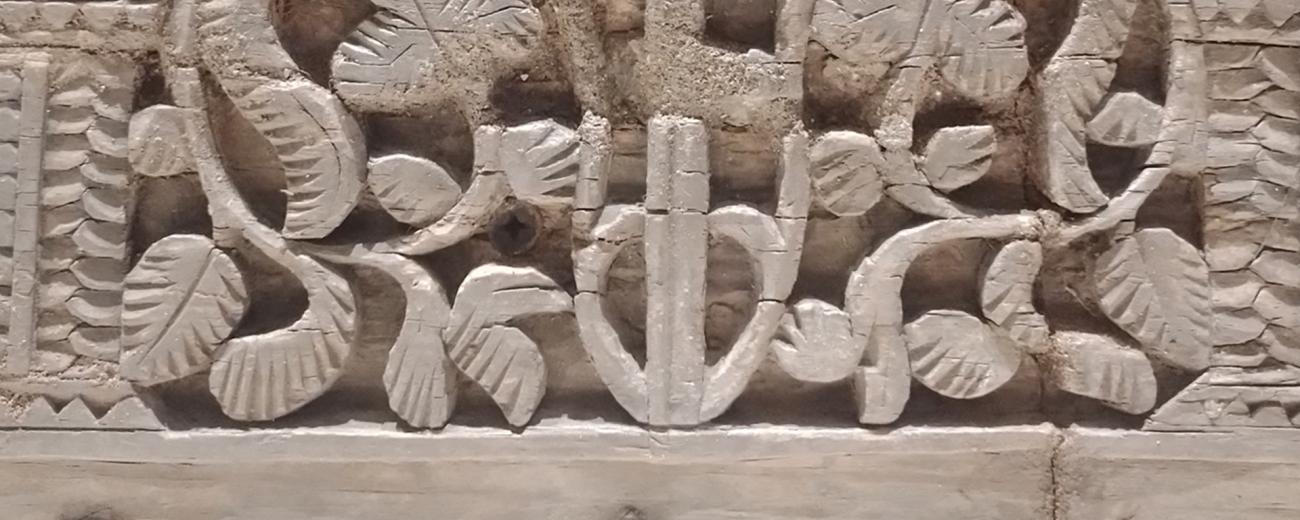
Image and Frame in Late Antiquity and early Islam: An Exploration of Visual Strategies

Key information
- Date
- Time
-
7:00 pm
- Venue
- Russell Square: College Buildings
- Room
- Khalili Lecture Theatre (KLT), SOAS, LG/F Phillips Building
- Event type
- Lecture
About this event
A conspicuous feature of the arts of Late Antiquity is the practice of enclosing representations of people, plants, and abstract motifs within frames.
These could be as simple as a continuous line demarcating a rectangular space, though more commonly they took the form of decorative borders filled with repeated geometric or vegetal themes. Architectural components were also employed as frames, particularly single or paired arches. In other cases, arcades or facades would enclose a series of figures or motifs, blurring the boundaries between the concept of frame and the illusionistic depiction of a standing building.
Many of these visual strategies are also encountered in early Islamic portable arts, manuscript paintings, and architectural decoration. The ubiquity of frames promotes questions about how they functioned in relation to the images they enclosed and what iconographic roles they played.Were frames integral to the experience of the representations found within them or simply decorative additions that could be enjoyed in their own right?
This talk will explore these and other questions through the examination of selected artworks from the fourth to the ninth centuries. Particular attention will be paid to the Umayyad period (661-750 CE), showing the importance of the frame as a bearer of meaning.
The lecture will be chaired by Professor Scott Redford.
About the speaker
Marcus Milwright is British Academy Global Professor in the Department of History of Art, University of York and Professor of Islamic Art and Archaeology at the University of Victoria, Canada.
Contact
Email: rw51@soas.ac.uk.
Image: Detail of an eighth-century carved wooden panel in the Museum of Islamic Art, Cairo.


